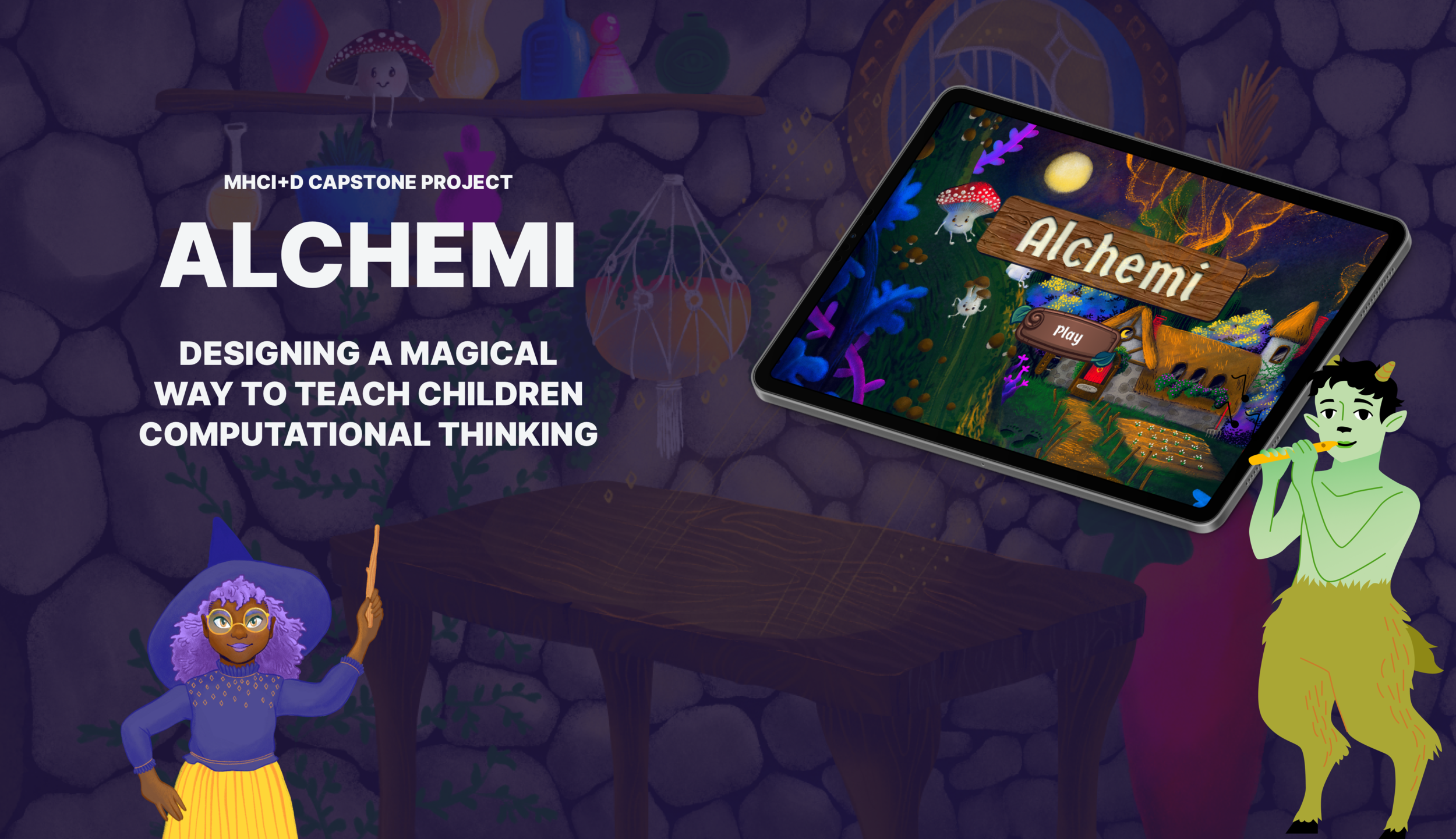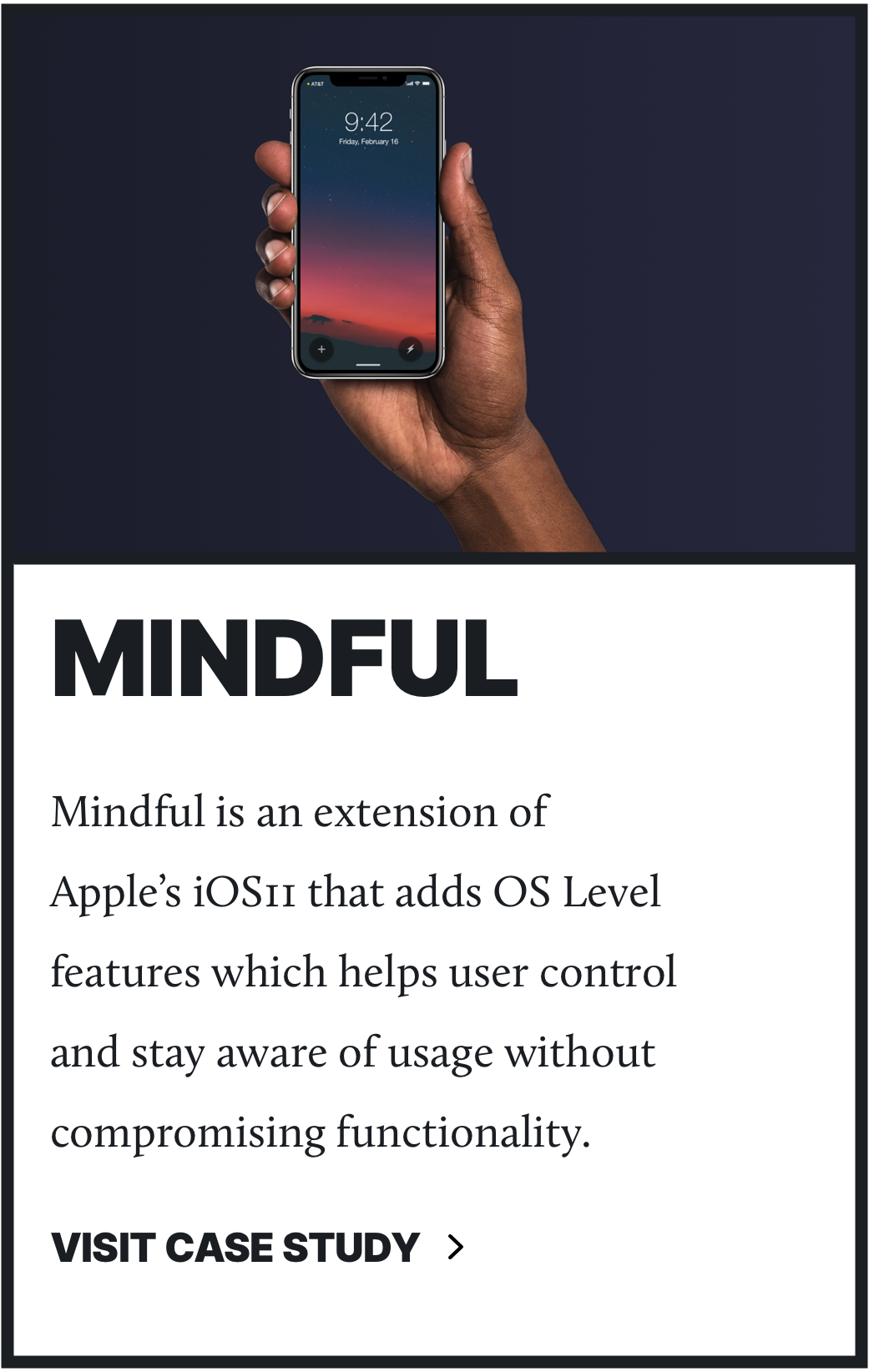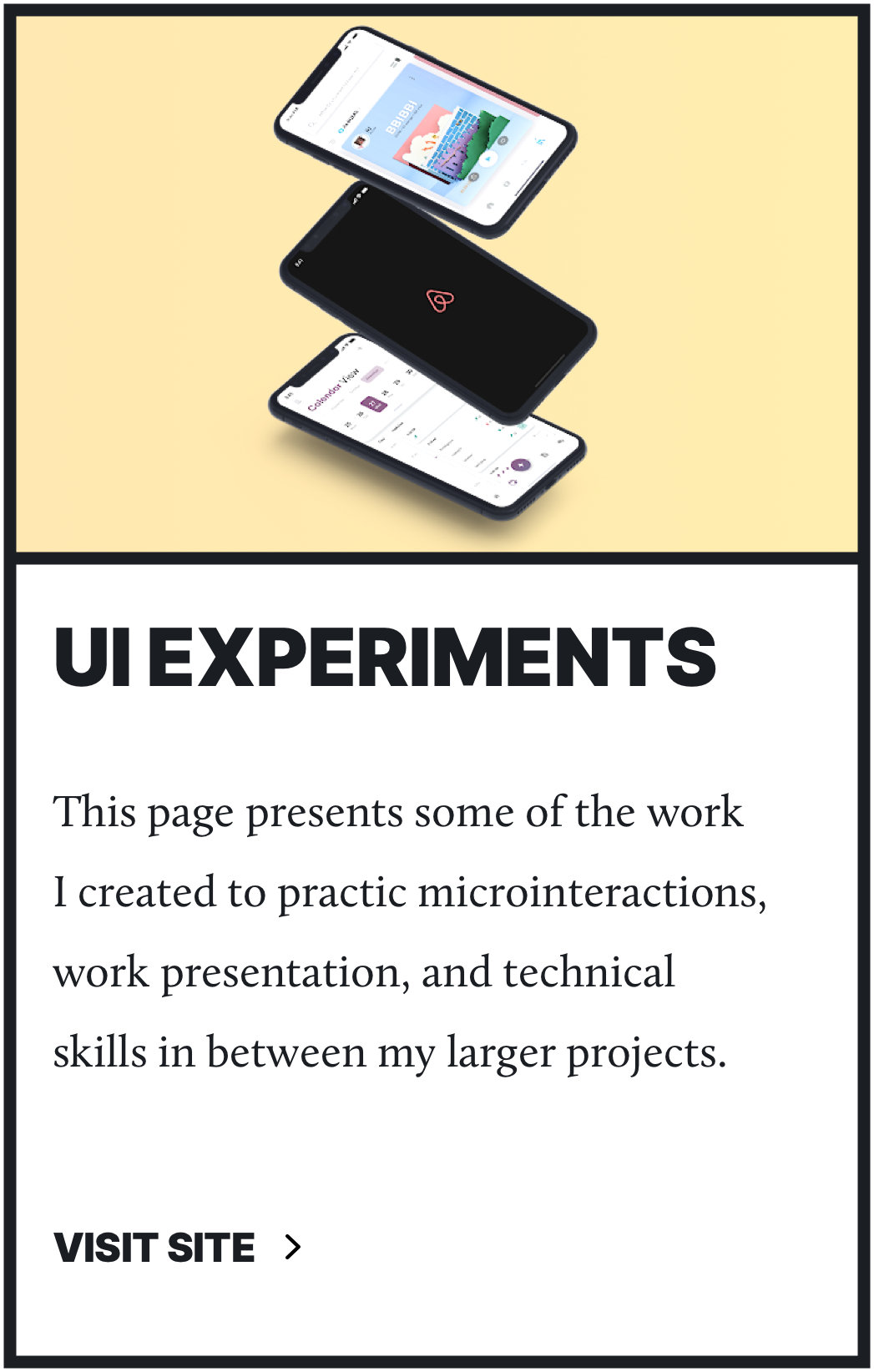PROBLEM MEET AMY
An 11 year old girl entering 6th grade. Her story illustrates some of the common issues facing beginners in computer science.

Amy loves arts and crafts. At school, she's known as the artist of her friend group.

Science class is her favorite—she can get hands-on and learn using new tools and materials.

During play dates with her friend Priya, Amy likes roleplaying and imagining stories about saving the world.
Problem 01
Only 2% of technology use by tweens is for content creation
Amy has a tablet that her parents bought her that she uses to watch videos, play games, and message friends. Despite being familiar with technology, she’s never thought about how the things she consumes are created.
Kids like Amy primarily only use technology to consume content— they don’t often use it to make art, create music, code, or write, etc.
Problem 02
Coding courses are systemically taught in a solitary way
Amy has become interested in learning how to code. Her mother gave her a programming book, but she never opens it. She thought coding would be fun, but so far it feels overwhelming and intimidating.
Today, traditional approaches used to teach computer science are often met with the same reaction. Due to the solitary nature of learning in this field, the idea of coding being an independent activity is perpetuated across all age levels for beginners.
Problem 03
The field of computer science isn’t beginner-friendly and welcoming
When Amy dives into the world of coding, she finds that applications are hard to start, tutorials don’t match her expectations, and lessons don't relate to the bigger picture.
In addition, the field is still mostly white and Asian men. While Amy has years before considering careers, her perception of coding is defined by what she sees and hears at this age.
OPPORTUNITYRESHAPE THE WAY CHILDREN AGES 9 - 12 TRADITIONALLY THINK ABOUT COMPUTER SCIENCE AND ENCOURAGE CREATIVE PRACTICE
ALCHEMI VIDEO OVERVIEW
Below is the game trailer made to highlight Alchemi and it's core features.
MISSIONALCHEMI BELIEVES IN…

INCLUSION
Alchemi highlights characters with diverse backgrounds, interests, and needs, and defaults to an underrepresented lead.

ITERATION
The game encourages experimentation without fear of failure, using delightful outcomes, and supportive messaging.

CREATIVITY
When creating recipes, kids have the power to tell their own stories and explore new storylines with characters.

COMMUNITY
Kids share in-game experiences with their friends and promote community by discovering and building upon others' recipes.
FEATURE 01
POTION REQUEST
Players take on a request from a customer in need: They follow a specific recipe based on the challenge and translate instructions into code blocks. When completed, they hand off their instructions to their mushroom assistants who build out the potion. If successful, the customer leaves the Emporium happy.
A MAGICAL CREATURE ENTERS THE EMPORIUM...
Players can choose to take on the challenge or skip to another request. Creatures have a diverse range of physical and emotional problems, inspired by our co-design session with children.
FOLLOW ALONG A RECIPE
Then, players are given a potion recipe that will address their customer's problem. Recipes vary in difficulty, may have ambiguous steps, and are designed to promote computational thinking.
DRAG AND DROP CODE
Players sift through cabinets to locate the blocks they need, dragging and dropping various combinations together to translate the instructions into code. The progress bar at the bottom of the screen tracks the player’s progress as they advance through the recipe.
BREW POTION
When the player is ready to test their creation, they press play to hand off their instructions to Alchemi's mushroom assistants. The assistants follow the code as a computer would, highlighting the current line of instruction if there is an error.
DEBUG AND EXPERIMENT
During the run through, mistakes and potion explosions might occur. When this happens, players are encouraged to try again and make tweaks to their code. The mushroom report emphasizes the player’s effort and growth, rather than their failure.
HAPPY CUSTOMER
Once the potion is successfully brewed, the recipe is added to the player's Book of Potions. The customer is grateful for their help and the challenge is complete!
FEATURE 02
ALCHEMI'S LAB
Players can also create and share their own stories by building a unique recipe for various creatures in Alchemi’s Lab. Here, players can independently apply what they’ve learned from the potion request part of the game. It also prompts them to explore the storytelling aspect of the world.
CREATURE STORYTELLING
Players select from a diverse set of magical creatures and can fill in storytelling details such as their origin, likes, dislikes, and problems.
CODE AND BREW
Then, they are launched into Alchemi’s Lab Station where they can experiment and create their own recipe sequence. When their creation plays out, Alchemi auto-translates their code into readable recipe instructions.
ADD FINISHING TOUCHES
Once they’re happy with their creation, players can customize the potion’s taste, smell, consistency, and even draw out the design of the potion bottle.
SHARE
Then, their invention is added to the Potion Book, where they can customize the potion’s name, and share it with the Alchemi community.
FEATURE 03EXPLORE RECIPES
As they make creations, they are able to share these with their friends and unlock more advanced recipes. They can also browse and discover recipe challenges, of varying level of difficulty, uploaded by players around the world.
VISUAL GUIDE & ALL SCREENS
The button on the left links to the visual guide of Alchemi including colors, buttons, red lines, illustrations, and all icons. The button on the right takes you to a Figma file that presents all our final screens.

PROBLEM IDENTIFICATION
INITIAL PROBLEM SETTING
Our initial goal was to introduce children to computation as a creative medium like those found in the arts to present new and exciting ways to build skills, socialize, collaborate, and engage in self-expression. We were interested in leveraging Creative Coding, a type of computer programming that emphasizes creating something expressive instead of functional.
To strengthen our understanding of this problem space, we began our research.
SECONDARY RESEARCH & COMPETITIVE ANALYSIS
STUDYING WHAT'S OUT THERE
To learn more about this design space, we conducted a competitive analysis on six leading computation education products and a literature review of 50+ published papers.

RESEARCH GOALSIDENTIFYING GAPS
Our literature review and competitive analysis were helpful in understanding the problem context, however we were left with a few unanswered research questions. The purpose of our research was to identify successful methods of learning how to code through creative outputs. We established the following questions to understand the current learning methods being used within schools and higher education in order to inform our approach with children. These gaps became our research goals which helped us choose our method of research:
SEMI-STRUCTURED INTERVIEWSLEARNING FROM THE EXPERTS
We conducted 45 minute long semi-structured interviews with 11 participants, leveraging directed storytelling as a tool for educators to reflect on their experiences with students. Four of the participants were Subject Matter Experts (SME) with teaching experience and have been conducting research related to coding for children, coding within the arts, and creative coding. The other participants consisted of three art and four computation professors.

SYNTHESIS
CLUSTERING INSIGHTS
As a remote team, synthesis involved taking advantage of collaborative online tools that we could adjust for the sense-making of our data. Interviews were conducted remotely allowing us to use transcription tools like Otter.ai to review participants’ responses, identify key takeaways, and select relevant quotes. We used Figma to organize our digital post-its and affinity diagram themes, commonalities, insights, and principles. This process was iterated upon over the course of several weeks.
CORE INSIGHTS
After a few cycles of sharing out, clustering, and downselecting, we arrived at our four main insights:
INSIGHT 01IDENTITY AND REPRESENTATION
Self-perceived identity and lack of representation in computer science are barriers to entry, lowers existing interest, and promotes discrimination.
INSIGHT 02TRADITIONAL SYSTEMIC APPROACH
The systematic and solitary assignments in coding courses can make it difficult for students to connect introductory concepts to real world applications.
INSIGHT 03SHIFTING MENTAL MODELS
Learning computational thinking removes the mystery of technology and offers students a shift in their current mental model of how it can be used to expand personal interests.
INSIGHT 04SOCIAL EXPERIMENTATION
Coding in a social environment where experimentation and failure are encouraged, and progress is highlighted in a way that increases meaningful understanding and confidence.
DESIGN PRINCIPLES
From our insights, we discussed actionable opportunities and crafted these 5 design principles to guide our direction moving forward:
RESEARCH REPORT
For a deeper look into the our extensive 3 month long research process view the button below. Clicking on it will take you to a detailed write up of the process and findings.
CRAZY 8'S AND BRAIDINGFROM 60 IDEAS TO 1
With our research insights, design principles, and design opportunities finalized, we began to divergently ideate a solution.
DESIGN CONCEPTWHAT WE LANDED ON
We decided to make a potion building game as our design response and use cooking as a metaphor to teach computational thinking. Students drag and drop blocks to complete existing potion recipes or start from scratch to create their own. As a team, we began to create storyboards and visualize our initial concept.
Examples of our progression of storyboards, sketches, and wireframes.
USER WORKSHOPS
WORKING WITH CHILDREN
We conducted two rounds/sessions of co-design and testing workshops (held remotely over Zoom) with five participants from our target audience ranging from the ages of 9 to 12.

SESSION 01CO-DESIGN
Our objective for this co-design session was to understand the nuances of child storytelling and visual aesthetic, as well as establish trust with the kids and their parents. Below are our research goals for this first session as well as images from it.
The creatures, settings, and stories that participants created during our sessions.
SESSION 02PROTOTYPE & USER TESTING
With the same five kids we co-designed with previously, our second session was a usability test of our proposed UI. This was a Wizard of Oz experiment in which we manually created the outputs and milestones that would appear in the game, testing the core interactions of our design. The research goals going into this testing session and our Wizard of Oz prototype are shown below:
Our prototype interface and the five participants’ drag-and-drop code outcomes from the Wizard of Oz testing.

CO-DESIGN & TESTING INSIGHTS
LEARNING FROM OUR WORKSHOPS
In addition to our core insights from our 11 semi-structured interviews, we gathered three more insights from these workshops to help guide our design across the finish line. They are:
INSIGHT 01
Meaningful stories that relate to the complexities of human problems and emotions
The kids were excited to engage in storytelling and offered rich characters with detailed backstories. Despite these being magical creatures, participants brought up issues such as loneliness, anxiety, and depression, and stories involving characters that wanted to find peace or make friends.
INSIGHT 02
Preference toward visually compelling environments and characters that are intricate and detailed
Given a range of illustrative styles and settings, all of the kids gravitated towards the illustrations that were more realistic looking, had a lot of visual interest and detail within them.
INSIGHT 03
Engagement, quick adoption, and easily connecting to the bigger story
Kids adopted to this style of game play very quickly and easily understood how recipe building fit into the bigger story. All but one of the kids completed the recipes and had no trouble making revisions. We used feedback to embed the characters to be more visually present throughout gameplay in our final design.
DESIGN DOCUMENTATION
From here, we brough Alchemi to life over the next and final two weeks of the project and Master's program. Below is the report that documents and fleshes out the design response in it's entirety.
POTION REQUEST
ALCHEMI'S LAB
NEXT STEPSRUNNING FORWARD
With my graduation from the Master’s of Human-Computer Interaction + Design program, this project ended. Here are the next steps I would have implemented:
Explore Recipes. We believe the Explore Recipes feature is equally important to the design response as the other two features, Potion Request and Alchemi’s Lab, which we completely brought to life. Explore Recipes allows community interaction and unlimited replay value so it would be our immediate next step.
More Collaboration. Similarly to community, collaboration is proven by our research to improve computation learning among kids despite it normally not taught that way. We have many ideas on how to incorporate more collaboration into Alchemi such as pair programming activities and group raids with friends (storyboard of this shown below). This is something we were and still are very excited to flesh out. These features simply did not fit within the time constraints of our MVP.
More of the Arts. We are all still passionate about incorporating the arts interdisciplinary with computation as a way to teach it. Alchemi focuses on storytelling and cooking as a way to teach coding but we believe there is more potential here. We are interested in finding ways to include music, dancing, drawing, and paper crafts into Alchemi.
Emphasize experimentation & failure more. We tried to encourage failure and experimentation in this first version of Alchemi with the Mushroom Report. Failing and being okay with it is an important part of computation, and we need to incorporate those concepts even more. As Alchemi evolves, we want players to discover new potions accidently. If they execute the recipe incorrectly, there is a possibility that a completely different but still effective potion is created. We hope to encourage more experimentation by including features such as these.
REFLECTION & WHAT I LEARNEDLOOKING BACK
Remote Design. With the exception of one meeting in the beginning of the project to discuss our initial interest in pursuing our selected problem space, the entire six month project was conducted remotely. Therefore, by working on this project, I was able to experience and conduct every part of the design process from my desk at home. This included meeting with my team, interviewing experts on Zoom, synthesizing research into insights on Figma, creating presentations on Google Slides, building out our solution, and seeking feedback while working remotely. The overall experience has made me more comfortable working, researching, and designing remotely while learning the pros and cons.
Remote Working with Children. This is the second time I have worked with and designed for children under the age of 13. My experience designing for children has grown substantially. I now have a stronger understanding of the importance of rapport building, taking their ideas seriously, and giving them respect. However, the most important concept I learned is how to design for children remotely as remote Child Centered Research is brand new—even for the experts. I quickly learned that Zoom is not designed for children. Furthermore, it is even more difficult to build a working connection with children remotely. To combat this, my team spent extra time building rapport with the children in order to make them feel welcome. This experience, while challenging, was invaluable.
Convergent Thinking & Compromise. After our interviews, research, and synthesis, we had so much information on many of the problems with modern computation education. Due to being overwhelmed with the issues in our design space, it took us longer than we anticipated to convergently think about and compromise on the specific problems we wanted to address. Despite these challenges, we articulated core insights and design principles that we are all proud of and used toward creating a strong design response.
Designing with inclusiveness in mind. One of our core insights centered around the premise of computer science being a non-diverse boys’ club which makes it difficult for people of color and young girls to get started. Based on this, our core persona was a young girl of color who we kept top of our mind when designing and making decisions. This was the first time I designed a product with this type of inclusion being the top priority. Overall, it was a great learning experience. One concern about an inclusive approach was whether or not we were leaving out an entire group of children. Ideally, we wanted Alchemi to be a product product to be for everyone. Nonetheless, when testing, children from every gender and ethnicity loved the product.
Thank you for reading.
My amazing teammates and I posing for a Zoom photo.




























